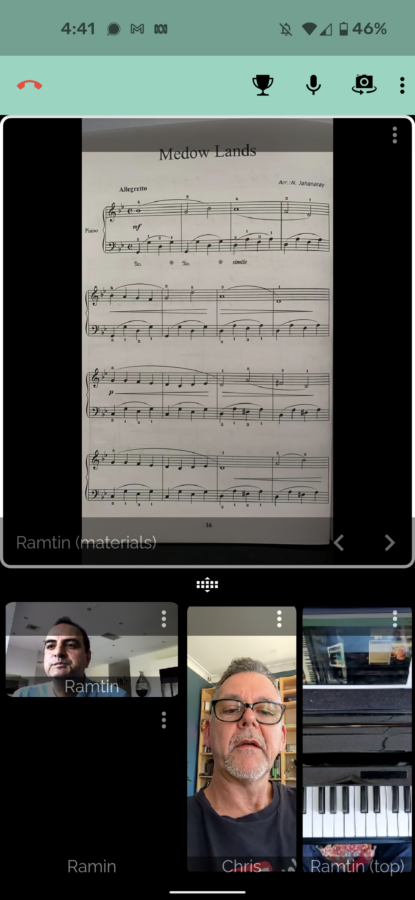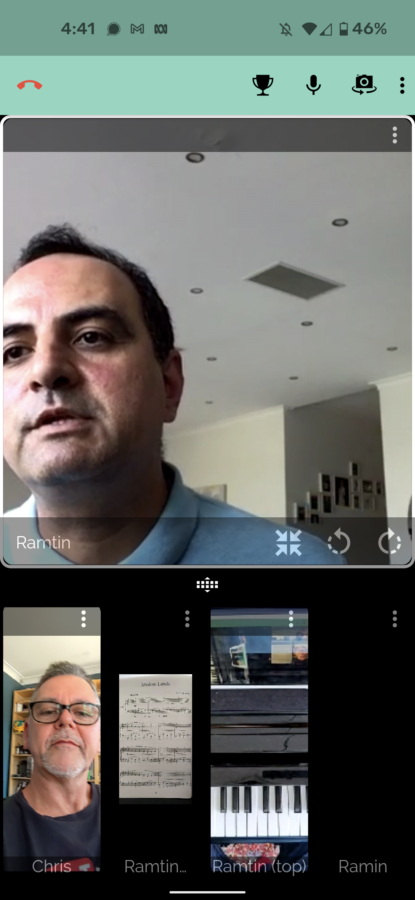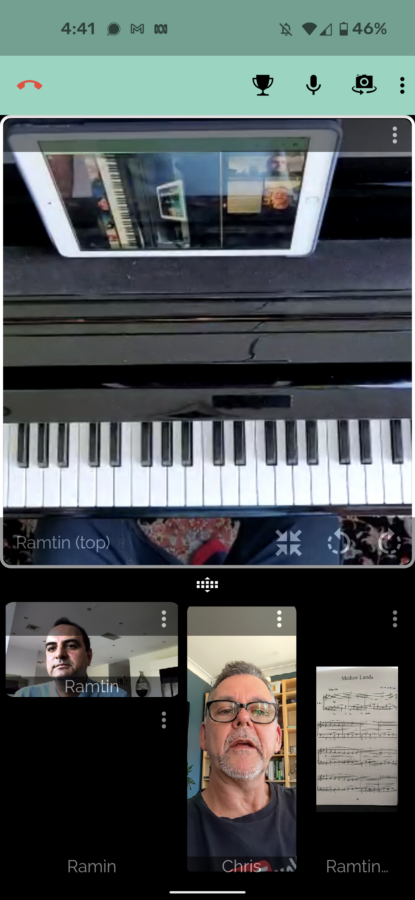In my current role I often get an opportunity to see some interesting ideas and technologies before they become more widely known. I’ll occasionally learn about startups and tech tools while they are still in their early stages of development. It’s fun to see clever people building clever tools that solve interesting problems.
One such tool I saw recently was Classnika. With a deceptively simple premise around the idea of videoconferencing, Classnika provides an interesting solution for teachers of practical subjects like, music, art, cooking, or any other performance based activity.
For context, videoconferencing is something we all got pretty comfortable with over the past 12 months. Many schools quickly adopted the use of video calling tools like Google Meet, Zoom or MS Teams to continue teaching students at a distance. And while videoconferencing may not be a permanent substitute for face to face teaching there’s no doubt that video calls have been incredibly useful to get schools through a very difficult time. In fact, I suspect there will be many schools who retain their use of videoconferencing technology even when we all return to normal operations, whether that be for streaming school assemblies to a wider audience, holding remote parent teacher interviews, or supporting remote students who are unable to attend school for whatever reason.
While videocalls are useful for some things, they are not so great for others. If you were remotely trying to teach someone to solve a math problem, or to sing, or to speak another language, you could probably do that pretty easily over a traditional video call. When it’s just one person talking face to face with another person, or group of people, video calls can work pretty well. But for applications where you need to see more than just a person’s face, traditional video calls are much less useful.
For example, let’s say you’re a student trying to learn the piano, and for whatever reason, you are taking lessons remotely. Using a traditional videocall you might set up a computer on top of the piano, with the webcam facing you, so you can see your remote teacher and your remote teacher can see you. But what if the teacher wants to see your hands as you play, which they almost certainly would. Well, you could redirect your webcam at your hands on the keyboard, but now they can’t see your face and all the nuances that come from reading a students expression for understanding, etc. Or what if they wanted a additional view of your hands, such as from the side or the top? This is a real limitation of traditional video calling tools.
This is the problem that Classnika attempts to solve. The app has a teacher and a student mode. The student mode allows for multiple camera inputs from any internet connected device. So using the piano example, a student might set up the computer’s webcam on top of the piano as mentioned, but they could also use another phone or tablet to provide a second video feed looking at the keyboard from above, which could be easily done by placing the device in a simple clamp or tripod. Similarly, a third device’s camera could be set up on the side of the keyboard to provide another angle on the player’s hands. In fact, you can add as many cameras as you want as long as you have a device for each one, which can be any old phone or tablet. You could also bring in other remote cameras into the session, such as a parent or second tutor, or even uplod and add documents into the feed such as sheet music or notes.
The remote instructor uses the teacher mode on the app to switch between the various views – the student’s face, the overhead view, the side view, the sheet music, etc, and can maximise a specific view simply by tapping from the thumbnails. It seems like such a simple ideas, but the fact that you are able to bring together multiple video feeds of the same activity and easily switch between them, makes it super useful for remotely teaching activities that require the focus to be on more than one aspect of the performance.
I was given a live demo from two of the app’s developers, and it was very impressive. Even for an early stage demo, the tech worked very smoothly, and the UI seemed obvious and intuituve to use. Lessons can be scheduled in advance, so the student just needs to click the link at the appointed time to start the lesson. Ramtin, one of the app’s developers took me through the piano teaching example I’ve described by using his young son at the family piano as an authentic demonstration, and I can definitely see the benefits of multiple video feeds for remote teaching this kind of activity. I’m sure there are lots of other uses too.
If you want to check it out the Classnika app is available for both Android and iOS.




